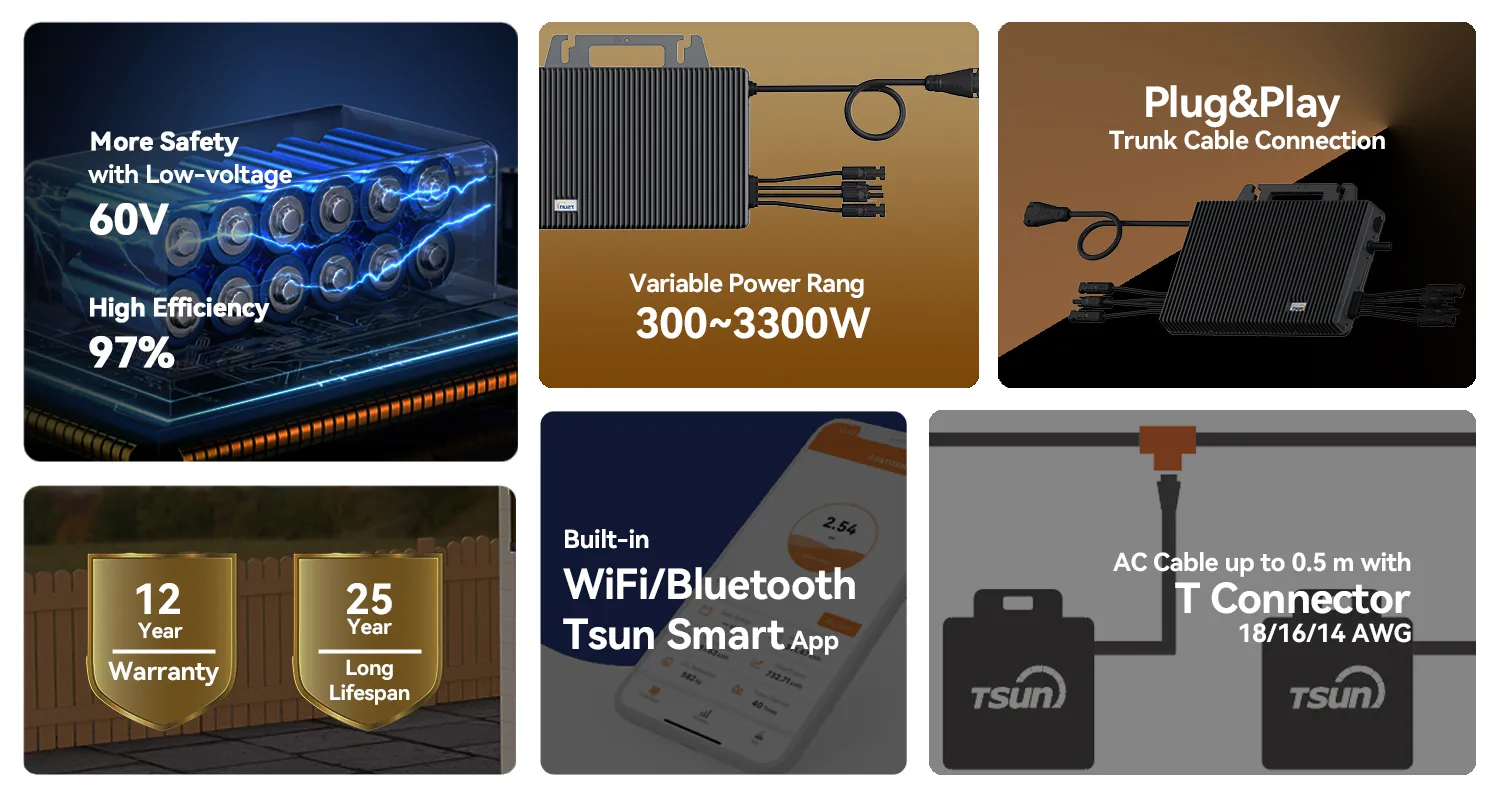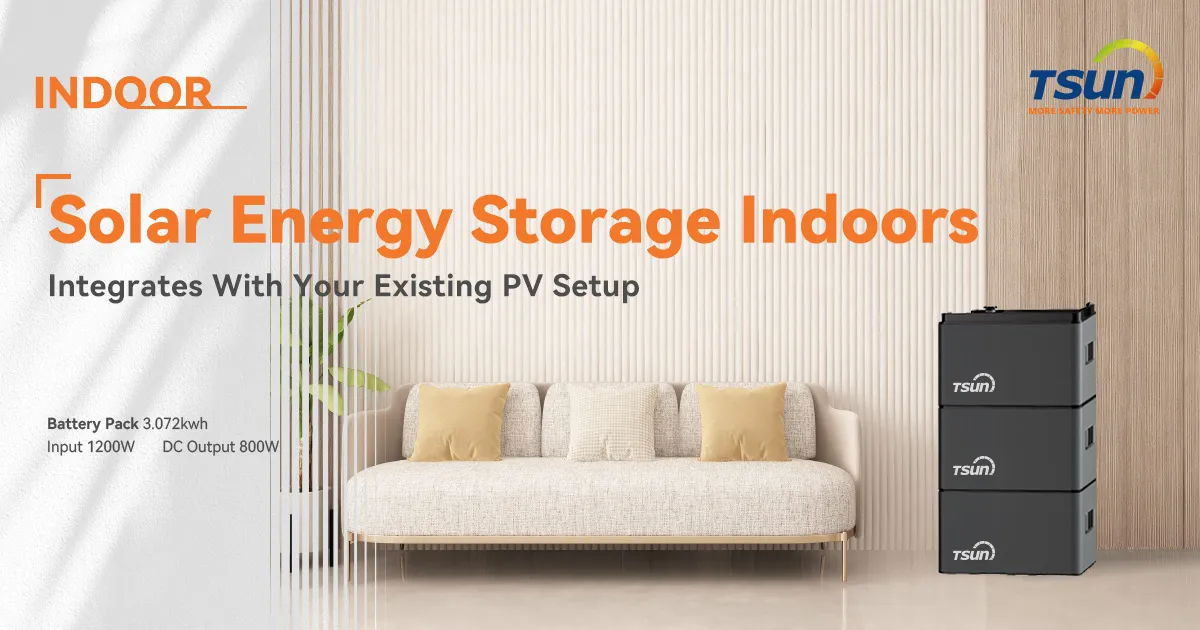Navigating the world of solar power solutions can be a daunting task, especially when it comes to understanding the intricacies and pricing dynamics of solar microinverters. Solar microinverters are pivotal in the conversion of direct current (DC) to alternating current (AC) at the solar panel level, optimizing the energy output and increasing the overall efficiency of solar power systems. As the demand for renewable energy sources swells globally, solar microinverters have garnered significant attention from residential and commercial sectors alike for their ability to enhance energy yield and system reliability.

For those new to solar technology, microinverters present a stark difference from traditional string inverters. Instead of linking panels together in a series and managing the output from one central inverter, microinverters are attached to each solar panel individually. This decentralized approach mitigates the impact of shading, debris, or panel mismatches on the performance of the entire solar array. Despite the obvious benefits, one of the primary factors influencing consumer decisions is the price of these components.
In the current market, several factors influence the price of solar microinverters. Firstly,
the type and brand of the microinverter play a critical role. Leading brands that are known for their reliability and high performance, such as Enphase, SMA, and ABB, tend to command higher prices due to their proven track record and robust warranties. Investing in a reputable brand often yields long-term savings by minimizing maintenance costs and ensuring consistent energy production.

The specifications of the microinverter are equally crucial. Advanced models with higher wattage, better efficiency rates, and enhanced features like integrated monitoring systems or smart grid compatibility can come at a premium but offer proportionate value for money by maximizing power output and providing real-time insights into energy production.
solar microinverter price
Another significant determinant of pricing is the scale of installation. Bulk purchases for large-scale solar installations generally lead to discounted unit prices, a benefit that not only reduces the overall cost per watt but also enhances the return on investment by faster recoupment of initial outlay. For residential consumers, however, the financial dynamics are different, with upfront costs being a substantial consideration. Some financial incentives, though, such as federal or state-level tax credits, can significantly offset these upfront expenses, making the transition to solar a more attractive proposition.
Global market trends and regional supply-demand dynamics also have a profound impact on pricing. In regions with a high adoption rate of solar technology, competition among suppliers might drive down the prices, whereas in emerging markets, limited supply chain infrastructure can cause price surges. Keeping abreast of these trends is essential for any stakeholder in the solar industry aiming to make informed purchasing decisions.
Maintenance and installation costs are other critical aspects to consider when evaluating the true expense of adopting microinverter technology. Though microinverters are generally praised for their low maintenance requirements compared to traditional systems, they may incur higher installation costs due to the need for specialized knowledge and distinct installation processes required when attaching one inverter per panel.
In conclusion, while the upfront costs of solar microinverters might appear substantial, their long-term benefits—including increased energy efficiency, better system resilience, and potential savings on electricity bills—often outweigh these initial expenses. By considering factors such as brand and type, installation scale, and regional market conditions, purchasers can navigate the pricing landscape of solar microinverters more effectively. As the global push towards renewable energy gains momentum, the scrutiny and demand for power electronics like microinverters are expected to grow, driving innovations and potentially leading to more cost-effective solutions in the future. Engaging with a trusted supplier or consultant can provide customized advice tailored to specific energy needs, ensuring not just an economically sound purchase, but also contributing to the larger cause of sustainable development.
 LEARN DETAILS
LEARN DETAILS



